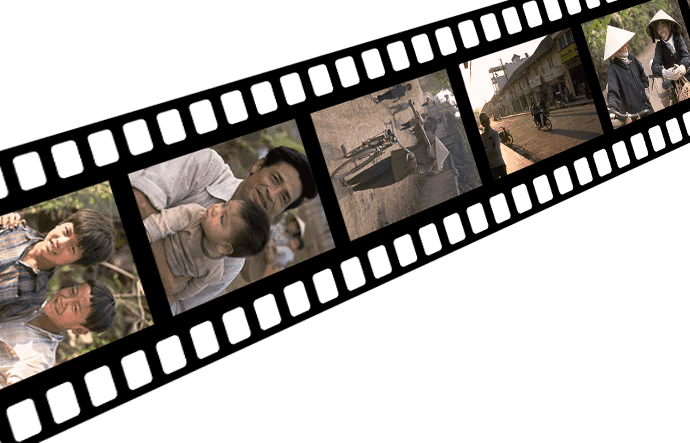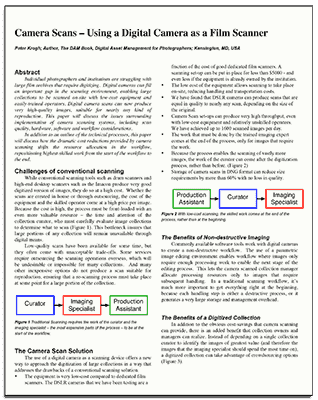
If you’re sitting on an archive of film it’s as good as dead. As if the images never existed. That is unless you have a strategy to digitise it.
Digital brought with it an easy way to store, retrieve and catalog images. Whether it’s a specific photograph or just a general overview of your collection, digital photography makes accessing images fast and efficient.
However the cost in time and dollars to search then retrieve images from the average photographers film archive means those images are rarely looked at. Many would rely on their memory to search for past images then go look for the film. That seems to be the case whether you’re a professional or amateur.
Then there is the burden of sending the images out for scanning – which is a major expense if done properly. There’s no point skimping on scanning, you only want to do it once.
Enough doom and gloom. There are some real treasures in everyone’s film archive: be they professional portfolio images, photos of cultural significance, or the family photos for future generations. The trick is making them easy to access – and there is way!
Peter Krogh wrote a whitepaper on his technique called “Camera Scanning” detailed on dpBestflow. Much of Peter’s research at the time was for the US Library of Congress looking at establishing best practice for managing image collections. Camera Scanning is a brilliant, lateral approach to the problem of digitising large film collections.

The expense with traditional scanning is the best equipment is incredibly expensive ($15 000+) and to operate it requires high level training and experience. Each image is scanned and adjusted individually through Photoshop. The scanned image has to be the absolute best possible as it will be the master file. Every image made from it will be at best a third generation from the original and quality decreases with each generation.
Camera scans do the reverse. The investment in time and high level knowledge is only needed when the image is required. A simple set up using a high resolution Digital SLR camera captures each film image as a raw file. This raw file is catalogued and can immediately be tagged and searched. When a treasured image is found only then the process of advanced adjustments is done. As it’s a raw file all editing is non-destructive.
The quality is visually identical to high end drum scans. The digitising process is fast too: drum scans may require 10-30 minutes per image, camera scans take 10-30 seconds! I’ve recommended the process to several clients including the Schools Spectacular, who have since liberated their extensive film archives thanks to Camera Scanning. So can you.